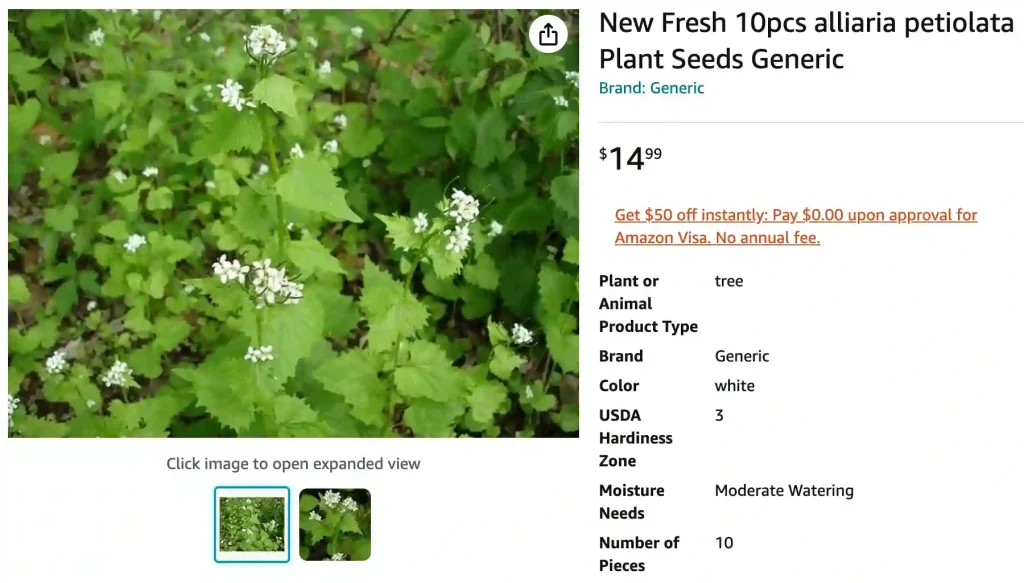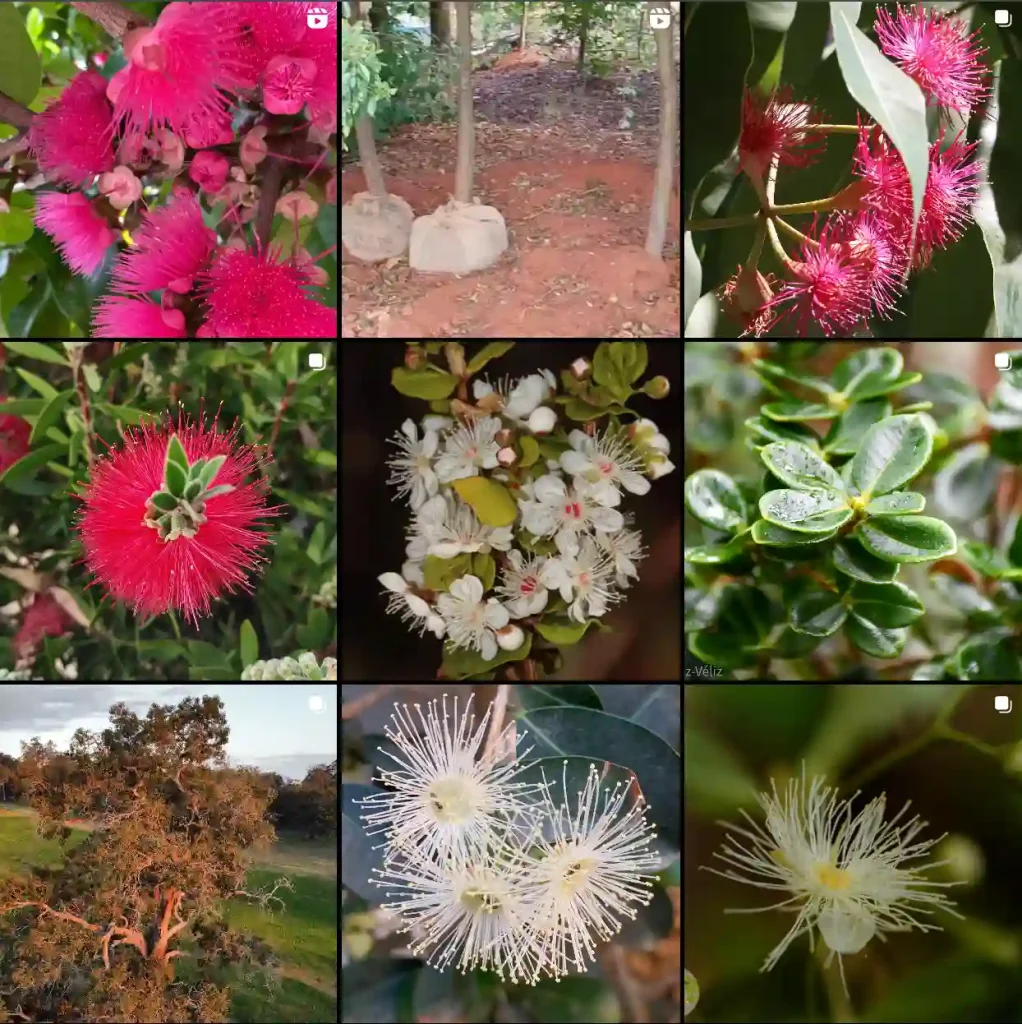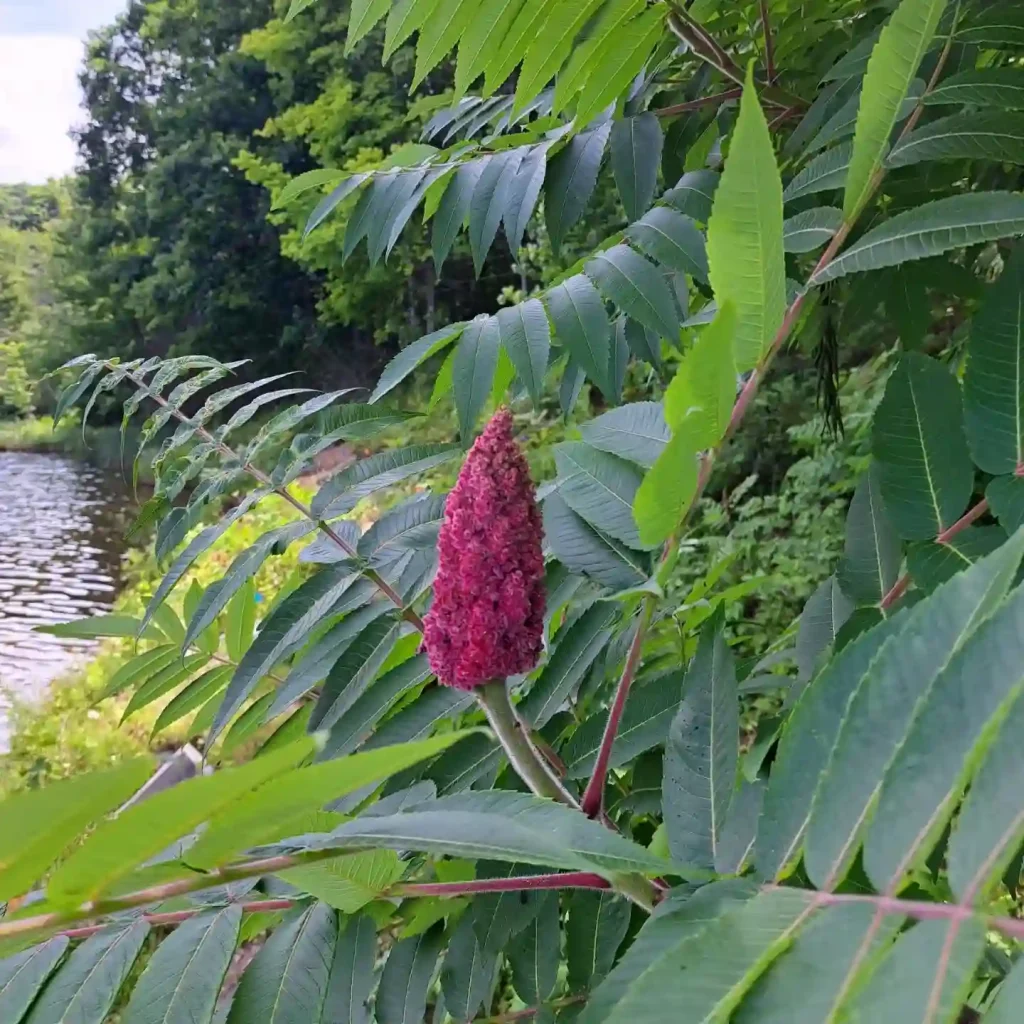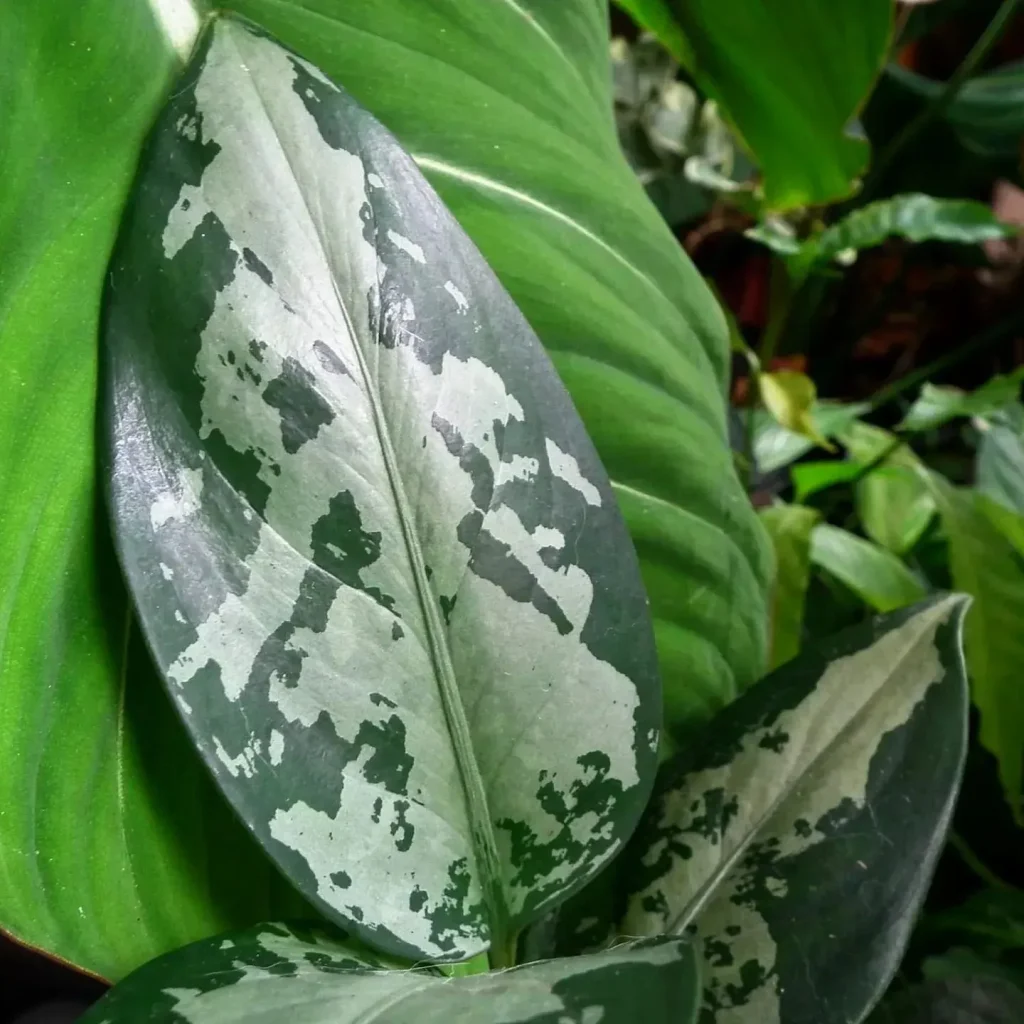
FAQs About Garlic Mustard
Garlic Mustard is a plant that often sparks curiosity due to its dual nature: it’s both a culinary herb and a notorious invasive species. Here, I’ll dive into some frequently asked questions about this plant, share insights based on my own experiences, and help you navigate the complexities surrounding Garlic Mustard.
What Is Garlic Mustard?
Garlic Mustard, scientifically known as Alliaria Petiolata, belong to the Brassicaceae family, is a biennial herb native to Europe and Asia. It has a distinctive garlic-like odor, which is where it gets its name. The plant produces small, white flowers in the spring and has heart-shaped leaves with a toothed edge. It’s commonly found in shaded woodland areas and along roadsides.
Plant Family: 354 Genera in Brassicaceae
Is Garlic Mustard Edible?
Yes, Garlic Mustard is edible. Its leaves, seeds, and roots are all edible and have a strong garlic flavor. The leaves can be used in salads, soups, and pestos. I’ve found that young leaves are more tender and less bitter than mature ones. The seeds can be used as a spice, similar to mustard seeds. However, because of its strong flavor, a little goes a long way.
How to Eat Garlic Mustard?
To eat Garlic Mustard, you can use it in various ways. The leaves can be added to salads for a zesty kick, used in sandwiches, or incorporated into cooked dishes like soups and stir-fries. I particularly enjoy using it in pesto for a unique twist. The roots can be used similarly to horseradish, adding a spicy note to dishes.
How to Cook Garlic Mustard?
Cooking Garlic Mustard can help mellow its pungency. Sautéing the leaves with a bit of oil and garlic can turn them into a tasty side dish. You can also add them to scrambled eggs or omelets for extra flavor. The seeds can be toasted and used as a seasoning. I’ve experimented with adding them to roasted vegetables, which adds a nice crunch and a hint of spice.
Is Garlic Mustard Invasive?
Yes, Garlic Mustard is considered invasive in many regions, particularly in North America. It spreads rapidly and outcompetes native plants by altering soil chemistry and shading out other vegetation. I’ve seen it take over entire areas, making it difficult for native species to thrive.
Why Is Garlic Mustard Bad?
Garlic Mustard is problematic because it disrupts local ecosystems. Its rapid spread prevents native plants from growing, which can have cascading effects on the local wildlife that depends on these native species. Additionally, it produces chemicals that inhibit the growth of other plants, making it even harder for native flora to survive.
How to Get Rid of Garlic Mustard?
Getting rid of Garlic Mustard requires persistence. Pulling it out by hand before it goes to seed is effective, especially if you remove the entire root. For larger infestations, herbicides can be used, but it’s important to follow local guidelines to avoid harming other plants. I’ve found that a combination of manual removal and herbicide treatment works best for controlling this invasive species.
Will Vinegar Kill Garlic Mustard?
Vinegar can help control Garlic Mustard to some extent, especially when applied directly to the leaves. However, it’s not a foolproof solution. The effectiveness of vinegar depends on the concentration and frequency of application. I’ve used vinegar in combination with other methods for better results.
Is Garlic Mustard Dangerous?
Garlic Mustard is not generally dangerous to humans, though its strong flavor might be overwhelming to some. It is, however, considered toxic to certain wildlife, as its invasive nature can disrupt their food sources and habitats. It’s important to manage Garlic Mustard properly to prevent ecological harm.
Can Chickens Eat Garlic Mustard?
Yes, chickens can eat Garlic Mustard. It’s a nutritious green for them and can add variety to their diet. I’ve occasionally fed my chickens Garlic Mustard leaves, and they seem to enjoy them. Just ensure the leaves are washed and free of any pesticides.
Garlic Mustard vs Ground Ivy
Garlic Mustard and Ground Ivy (also known as Creeping Charlie) can be confused due to their similar creeping habits. However, Garlic Mustard has heart-shaped leaves with toothed edges and a garlic scent, while Ground Ivy has rounder, more kidney-shaped leaves and a minty odor. Garlic Mustard produces white flowers, while Ground Ivy has purple flowers.
Garlic Mustard vs Creeping Charlie
Similar to Ground Ivy, Creeping Charlie is another name for the same plant, so the differences noted above also apply here. Both are aggressive ground covers, but Garlic Mustard’s garlic-like smell and white flowers make it easier to distinguish from Creeping Charlie’s minty aroma and purple blooms.
Garlic Mustard vs Nettles
Nettles and Garlic Mustard are quite different. Nettles (Urtica dioica) have serrated leaves with stinging hairs that cause a rash on contact, whereas Garlic Mustard has smooth leaves without stinging properties. Nettles are also used for their nutritional and medicinal properties, whereas Garlic Mustard is primarily a culinary herb and invasive species.
How to Care for Garlic Mustard?
If you’re growing Garlic Mustard intentionally (e.g., for culinary use), it’s relatively low-maintenance. It prefers shaded or semi-shaded areas and can thrive in a range of soil types. Keep the plant in check to prevent it from spreading uncontrollably.
How to Propagate Garlic Mustard?
Garlic Mustard can be propagated by seed. Collect the seeds from mature plants in late spring or early summer and sow them in a suitable location. The seeds require a period of cold stratification to germinate, so I usually place them in a cold, moist environment before planting.
What to Plant With Garlic Mustard?
If you’re growing Garlic Mustard in a controlled environment, consider planting it with other herbs that thrive in similar conditions, such as parsley or chives. However, be cautious about its invasive nature if planting it in a garden setting. It’s best to monitor its spread and manage it carefully.
Is Garlic Mustard Toxic?
Garlic Mustard is not toxic to humans or animals, but its strong flavor and potential for causing digestive discomfort if consumed in large quantities should be noted. For wildlife, its invasive nature can disrupt natural ecosystems, which can have indirect harmful effects.
Garlic Mustard is a fascinating plant with both culinary uses and ecological impacts. By understanding its characteristics and managing it properly, we can appreciate its benefits while mitigating its environmental drawbacks.
If i die, water my plants!



